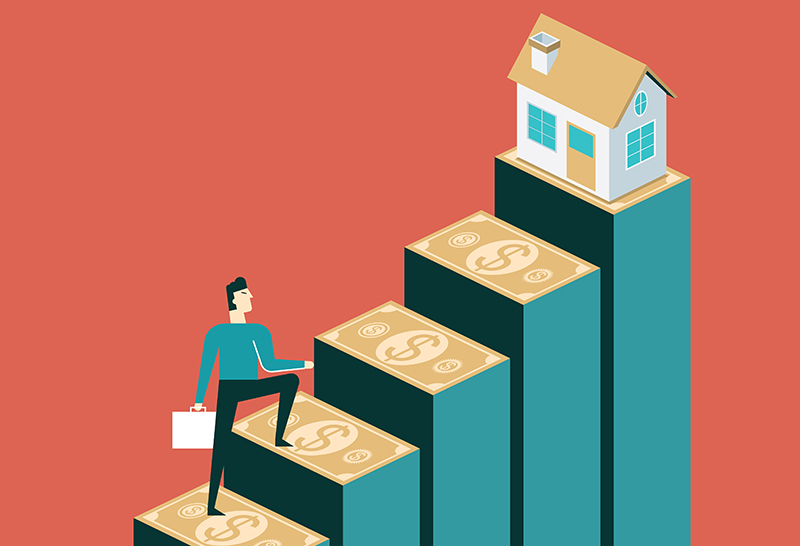Rental Affordability Improves, But Remains a National Concern

Overall rental affordability has shown marginal improvement across apartment properties, but cost burden concerns remain a big issue nationwide.
Slight Improvement in Overall Affordability Picture
Housing affordability has been a hot-button issue nationwide. Despite a wide range of public policy responses, including rent control measures and programs meant to add affordable housing supply, progress remains limited.
Federal guidelines put forth in the 1980s suggest renter households should pay no more than 30% of their income on housing costs. The status of affordability today is a far cry from those guidelines. American households, on average, spend significantly more on housing expenses than generations prior.
Across apartment buildings, the most recent U.S. Census Bureau data showed that households living in small multifamily, on average, spent about 39.2% of their income on rent. In large multifamily, they paid 40.8%. Single-family rentals (SFRs) were the most affordable, at 37.2%, as shown below¹.
Although the situation is concerning, the affordability picture has improved slightly in recent years, a trend we first reported on last year. Small and large multifamily households spent 30 basis points (bps) less on housing expenses by the end of 2017, compared to two years before.
Lower-Income Households Significantly Burdened
Ultimately, while averages are informative, they fail to reflect the true magnitude of affordability issues for the most-burdened households. For lower-income households, rent eats up significantly higher portions of income.
Renter households in small multifamily earning less than the overall renter median income spent an average of 55.4% of their income on rental expenses, 16 percentage points higher than the average share within this asset class. Low-income renters in large multifamily measured a similar rental burden of 56.6%, as shown below.
For lower-income families, finding more space and a backyard in SFRs comes at a hefty premium. They pay 4 percentage points more in income share (59%) compared to apartment residents in this bracket.
While a slight improvement in overall rental affordability reflects the progress of the economy’s recovery, long-term concerns remain. The high rent burden among lower-income households necessitates continued public policy support at all levels of government.
1 All data is sourced from the American Community Survey (ACS), unless otherwise stated. ACS statistics are sample-based estimates of the compositional profile of the total population in the given year of data collection, and include a margin of error.

